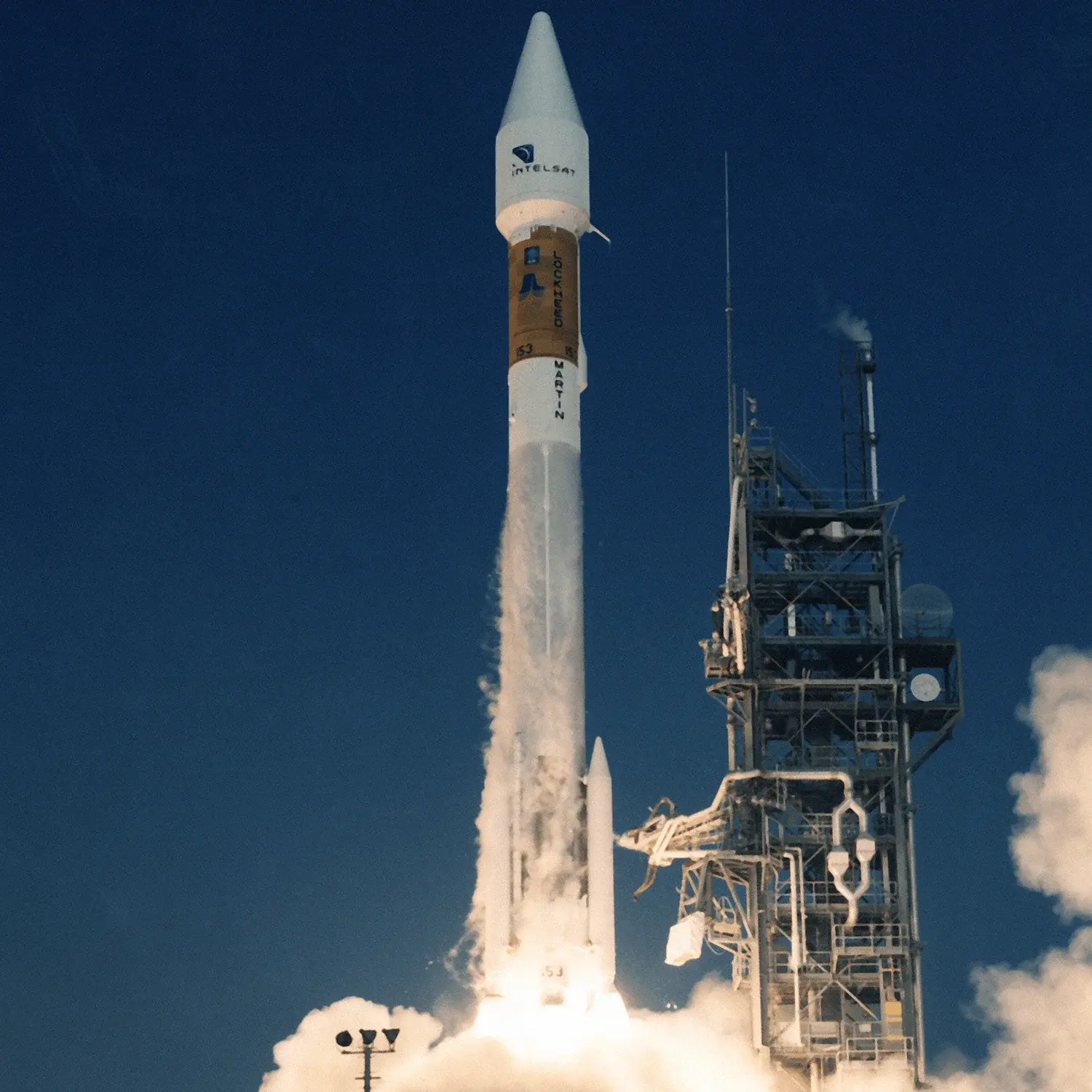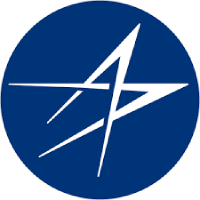/
Superbird 6
Launch Success
Liftoff Time (GMT)
00:45:00
Friday April 16, 2004
Watch Replay
24/7 Coverage
Mission Details
Superbird 6
Superbird-A2, known as Superbird-6 before launch, was a geostationary communications satellite ordered and operated by Space Communications Corporation (SCC) that was designed and manufactured by Hughes (now Boeing) on the BSS-601 satellite bus. It had a mixed Ku-band and Ka-band payload and was expected to replace Superbird-A at the position at 158° East longitude. It was expected to provide television signals and business communications services throughout Japan, South Asia, East Asia, and Hawaii. While the launch was within the margins specified by the satellite manufacturer, the trajectory analysis had been inexact and the satellite suffered severe life and power degradation. It tried to use a supersynchronous transfer strategy, but Boeing had failed to take into consideration the effect of the Moon. Thus, the lowest part of the orbit dropped too fast and much propellant had to be spent on a fast transit to geosynchronous orbit. Additionally, the solar panels suffered damage from extreme contact with the atmosphere. Given the damage to the spacecraft, it was never put into service.
Geostationary Transfer Orbit
1 Payload
3,100 kilograms
Rocket


Manufacturer
LockheedRocket
Height: 47.5m
Payload to Orbit
LEO: 8,618 kg
GTO: 3,933 kg
Liftoff Thrust
2,957 Kilonewtons
Stages
2
Strap-ons
4
Launch Site
Stats
Atlas II
61st
Mission
2nd
Mission of 2004
2004
11th
Orbital launch attempt